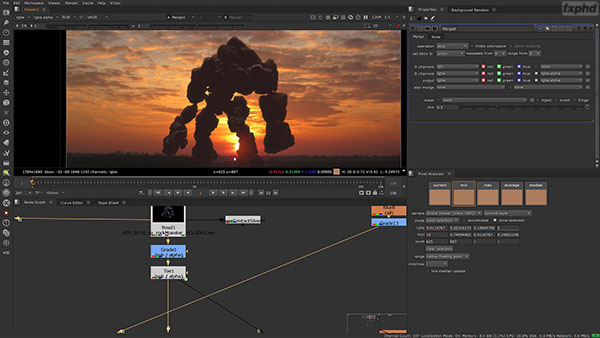
Using Cloner and Correction deformer to create variations and model procedurally.Ĭlass 6: Part 2 of 4 week class. Using knife, extrude, edge extrude, symmetry and sub-division surfaces. This week we model the can and ice cubes. Finally we add some basic Volumetric Clouds.Ĭlass 4: Part 2 of 2 of building an animated mapĬlass 5: Part 1 of 4 week class. Build texture maps in AE, then use them in combination with various shaders to create our materials. This week we look at the Landscape Object, DEM Earth and the Relief Object. Using multiple render settings for efficiency we preview our shots and setup the final rendering.Ĭlass 3: Building an animated map with Cinema 4D & After Effects. We animate the effectors and a camera rig. Adding reflections using both HDRI and luminant objects. Part 1 of 2Ĭlass 2: This week we add materials using multi-layered reflectance to the scene. Finally we render the result using Cinema 4D's physical renderer. We create several animated shots, add materials and lighting. With a history of working with many global Advertising and Broadcast companies, the work Tim produces is both technically challenging whilst maintaining innovation and high quality.Ĭlass 1: In the first class we create a logo ID using a rig built with MoGraph and Xpresso. With over 13 years of industry experience, Tim is accomplished with many 3D animation and Digital Compositing applications.Īs the owner of Motion Graphics and Animation company Luxx, Tim is hands on with every project that the company produces. Evolving from a solid foundation in traditional animation using both Film and Video, Tim soon transitioned into the digital domain and has forged a solid career in the world of Motion Graphics. This is a fast paced course so some Cinema 4D experience is required.īased in Sydney Australia, Tim Clapham is a multi-disciplinary animator and compositor.

Taking your multipass renders and camera information from Cinema 4D into After Effects to add supers, graphic elements and to grade shots. 3D Rendering and compositing go hand in hand and Tim includes After Effects as part of the classes. You will explore modelling techniques, material and shader creation, lighting and rendering. Tim covers key features such as MoGraph, Dynamics and Xpresso as well as workflow tricks to facilitate efficient production. This course consists of several short projects which will take you through many features of Cinema 4D using a practical approach. Tim Clapham returns to FXPHD with a new Cinema 4D course aimed at intermediate users.


 0 kommentar(er)
0 kommentar(er)
